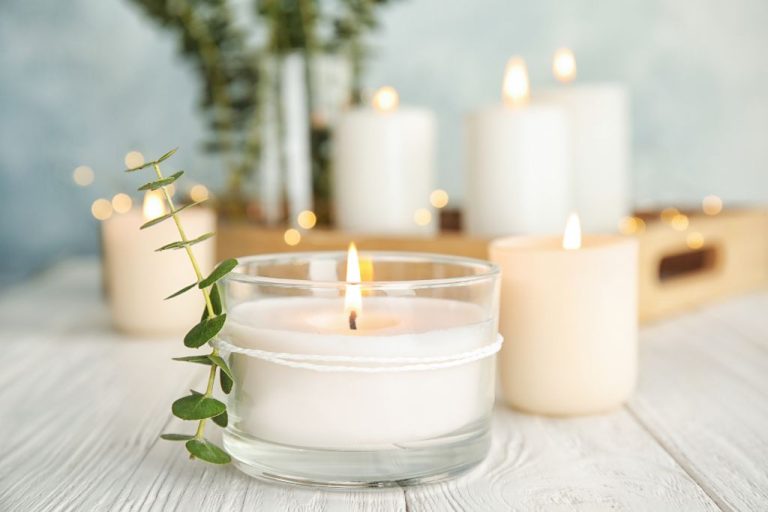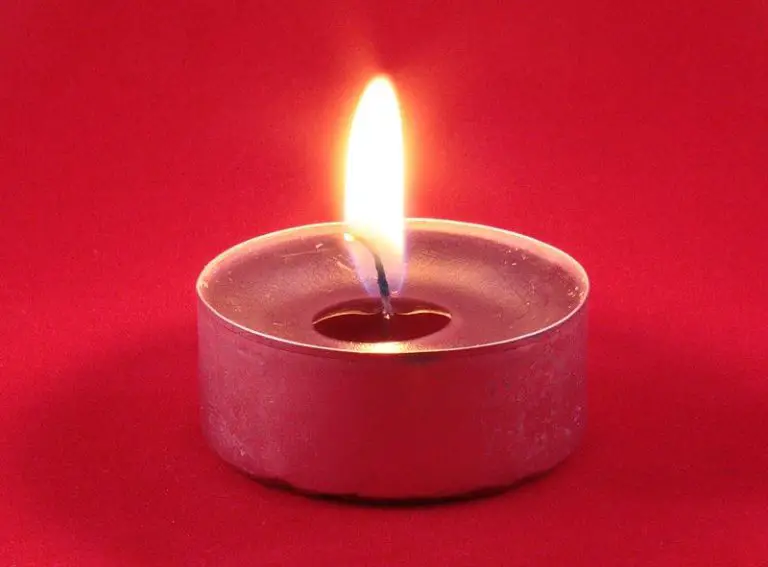Different Types Of Candles And How To Choose One
Candles have been a popular source of light and fragrance for centuries, dating back to ancient times. Their warm, flickering glow creates a cozy ambience, while their scents can relax, invigorate, or evoke specific moods and memories. Today, candles remain a staple in many homes and are used to set the tone for relaxation, romance, meditation, or celebration. With so many options available, from simple paraffin wax to elaborate scented pillars, there’s a candle for every purpose.
This article explores the timeless popularity of candles and how to choose the right type for your needs. Whether you’re looking to add mood lighting, introduce inviting scents, or give your space a decorative accent, we’ll cover the candle varieties and key factors to consider.
Types of Candle Waxes
There are several common types of waxes used in candle making, each with their own properties and uses:
Paraffin Wax
Paraffin wax is one of the most popular candle making waxes. It is derived from petroleum and is relatively inexpensive. Paraffin wax has a high melting point which makes it ideal for pillar or votive candles. Some drawbacks are that paraffin wax produces more soot as it burns and is not considered a natural wax (source).
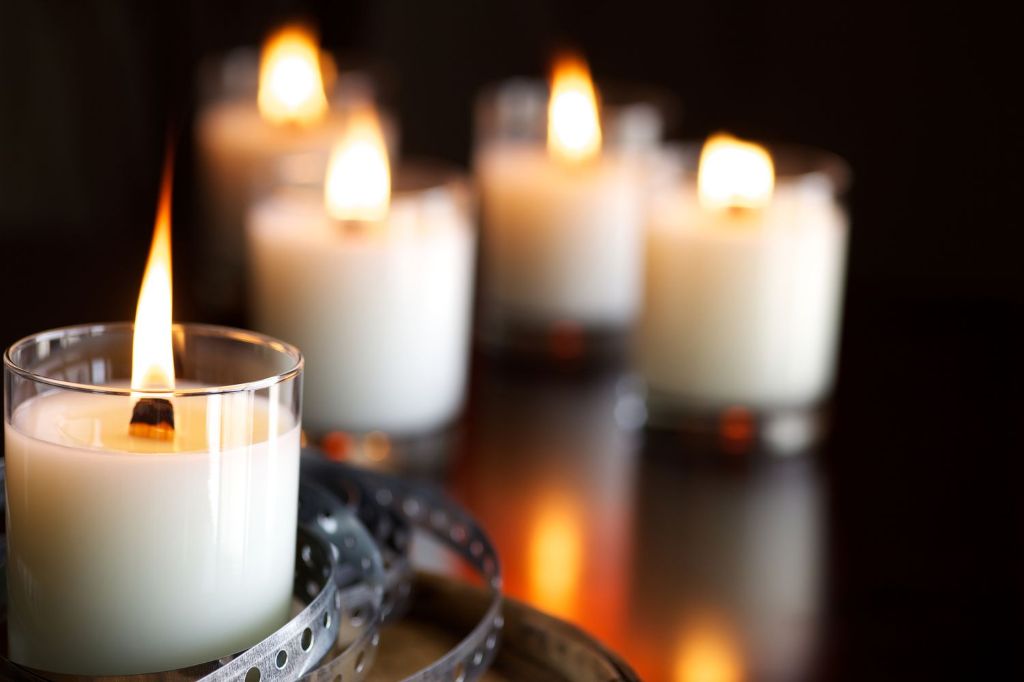
Soy Wax
Soy wax is made from hydrogenated soybean oil. It is often touted as a natural, clean-burning alternative to paraffin. Soy wax blends well with essential oils and has a lower melting point, making it good for container candles. Drawbacks are that it can be more costly and does not retain scents as long as paraffin (source).
Beeswax
Beeswax is secreted by honeybees. It is completely natural and burns cleanly. Beeswax has a pleasant natural honey scent. The drawbacks are that beeswax is expensive and has a low melting point, requiring other waxes to stabilize it in pillar candles.
Gel Wax
Gel wax is a mixture of paraffin and mineral oil that results in a transparent, gel-like substance. It allows for excellent scent throw and vibrant color dyeing. The drawback is that gel wax can sweat or become sticky in warmer environments.
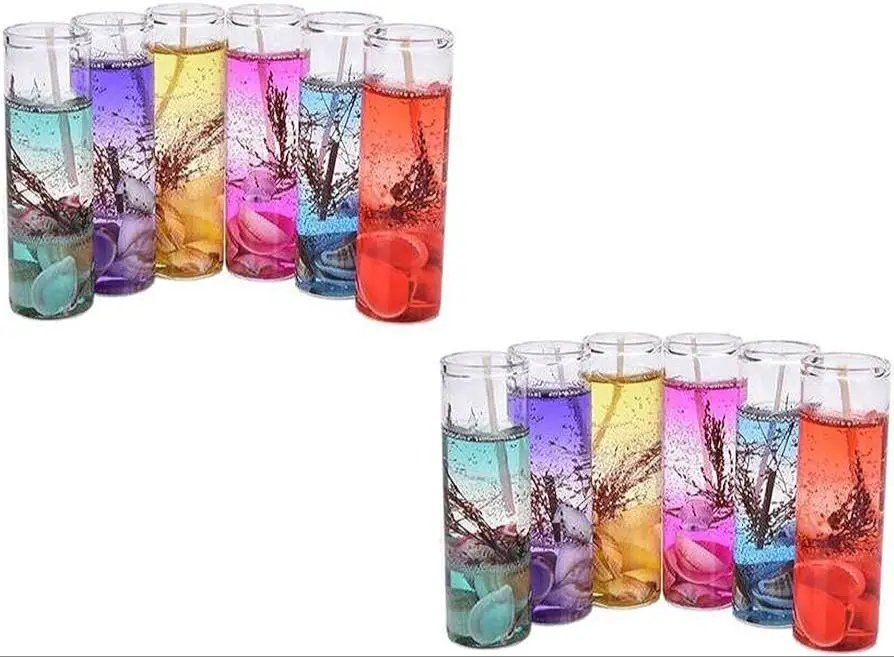
Candle Wicks
The wick is a crucial component of candles. It serves to draw wax up through capillary action and hold the flame. Wicks come in different materials, sizes, and styles depending on the type of candle.
Most candle wicks today are made from cotton (source). Cotton fibers can be braided, knitted, or twisted together to form the wick. Cotton wicks provide an even burn and do not release much smell or smoke. However, other natural materials can also be used to make wicks, like wood, hemp, beeswax, and paper (source).
Wick sizing is important. Thicker wicks are needed for wider candles to prevent tunneling, while narrower wicks should be used in thin candles to avoid sooting. Wicks also come in different plies (single, double, or triple strands). More plies provide more stability and capacity for larger candles (source).
Common wick types include: cotton core wicks for most wax candles, wood wicks that crackle when lit, and wire-core wicks for container candles to promote melting all the way to the edges.
Jar Candles
Jar candles are a popular type of candle that come in a wide glass jar container. The jar helps protect and contain the candle while allowing the light and fragrance to be released. Jar candles come in a variety of shapes, sizes, colors, and scents.
In terms of appearance, jar candles often feature decorative labels and come in colored glass jars. Popular jar shapes include cylindrical, curved,faceted, and oval. Standard jar candle sizes range from 4 ounces to 36 ounces. The most common sizes are 8, 10, and 16 ounces.
Jar candles are versatile and used in many rooms of the home. Their open jar tops allow jar candles to fill larger spaces with fragrance. Many people use large jar candles as centerpieces on tables, countertops, and shelves. Smaller jars work well in bathrooms, bedrooms, and office settings. Jar candles often have long burn times, making them ideal for creating ambiance.
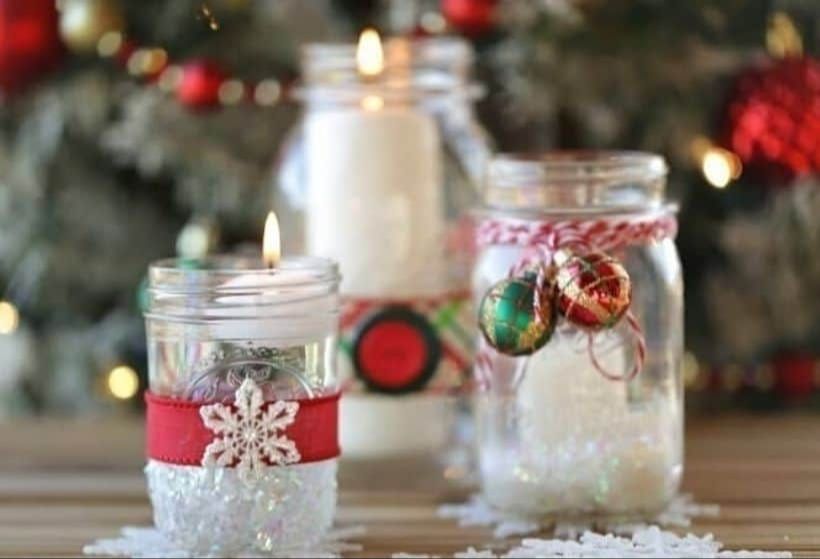
The best jars for candles are made of heat-safe glass that won’t crack or cloud with heat exposure. Thick, sturdy glass helps jar candles retain heat and burn evenly. Popular jar styles include mason jars, apothecary jars, vintage jars, and curved jars. Clear glass allows the candle color and light to shine through.
Jar candles come in every imaginable fragrance. Popular categorical scents include floral, fruity, spicy, fresh, and sweet. Seasonal and holiday scents are also very common. Many jar candles use fragrance blending to create unique, sophisticated scents.
Source: https://howlingatthemoon.store/products/fortuna-8-jar-candle
Votive Candles
Votive candles are short, small candles commonly used indoors. They are typically around 1-3 inches tall and 0.5-1.5 inches in diameter. Votive candles get their name from the fact that historically they were used in Churches as offerings or votive lights.
Nowadays, votive candles are still widely used for decorative purposes in homes. They come in a variety of colors and scents to match different decor themes. The small size makes them ideal for displaying in candle holders on tables, shelves, and window sills.
The most common candle holder used for votive candles is glass. This allows the candlelight to shine through for maximum ambiance. Votive candle holders come in countless shapes, colors, and designs to coordinate with any style. Popular options include faceted glass, colored glass, or holders shaped like lanterns, Mason jars, or decorative metal tins.
Votive candles are designed to burn for 5-8 hours. Their low and slow burn makes them perfect for creating mood lighting during special occasions and dinners. The small melted wax pool also reduces the risk of damage compared to larger, hotter burning pillar or taper candles.
Overall, votive candles are an inexpensive way to add charming, warm lighting to any space. Their diversity in size, design, color, and fragrance means there is a votive candle to match every personal style or decor theme.
Pillar Candles
Pillar candles are tall, cylindrical candles that stand upright on their own without a holder. They come in a variety of sizes and shapes and are a popular decorative candle option.
Some popular sizes of pillar candles include:
- 4 x 3 inches – These small pillar candles are great for display in groups.
- 6 x 3 inches – A medium-sized pillar candle, nice for table displays.
- 8 x 3 inches – Large pillar candles that make a statement.
- 10 x 3 inches – Extra large pillars for grand decorative displays.
Pillar candles come in all kinds of shapes beyond just round/cylindrical. Some unique pillar shapes include square, hexagonal, fluted, or twisted.
Pillar candles are designed to stand on their own, but can also be placed in holders. Glass, metal, and ceramic candle holders in various shapes, sizes, and designs can add flair to pillar candles. Make sure the holder is wide enough to accommodate the diameter of the pillar candle.
For more tips, see this helpful pillar candle guide: https://cosyowl.com/guides/pillar-candle-guide
Taper Candles
Taper candles are long, thin candles with a diameter that narrows at one end. They are designed to fit into candle holders, and come in a variety of sizes ranging from 4 inches to 36 inches tall [1]. The most common sizes are 6″, 9″, and 12″ tapers.
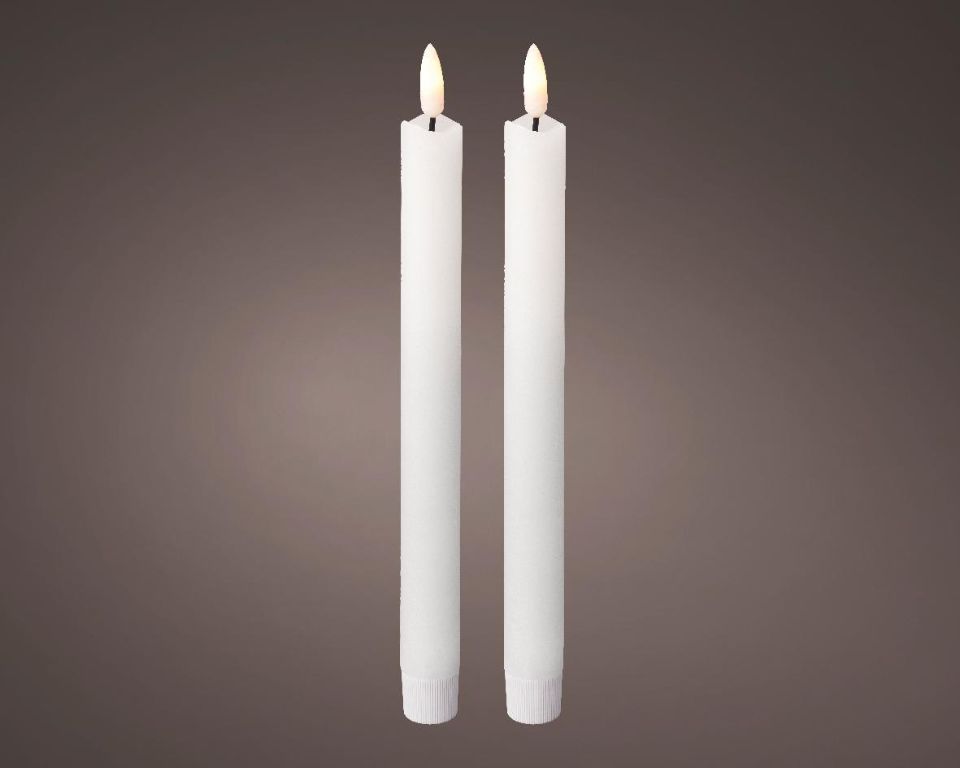
Taper candles require a holder or candlestick to keep them upright while burning. Holders come in many styles, from simple metal or glass holders to more ornate candlesticks. Proper placement in the holder is important to prevent excess dripping. Tapers can also be used in candelabras.
Tapers are used primarily for decorative purposes, as the soft glow from their slim shape is pleasing. They are popular for formal dinners, weddings, religious ceremonies, and holiday decor. Their upright design allows light to rise up, creating a warm ambiance. Dripless taper candles are available for neater burning [2]. While prices vary by size and quality, taper candles tend to be on the pricier side compared to other candle types.
Tealight Candles
Tealight candles are a popular type of small wax candle that sits in a metal, glass, or ceramic holder. They are available in a variety of shapes, sizes, and scents.
The most common tealight candle size is 1 1/2 inches tall by 1 1/2 inches wide, with a burn time of around 4-6 hours. However, mini tealights around 1 inch tall are also available for things like candle holders and centerpieces where height needs to be kept low.
Tealight holders come in all shapes and materials, from simple aluminum cups to decorative glass votives. Holders can be used singly to hold one tealight each, or grouped together for a cluster of candles.
Tealights are popular for their versatility. They can be used to provide gentle lighting, scent, and ambiance around the home. Groupings of tealight candles make attractive centerpieces. They can also be floated in vases or bowls of water for a different effect. In outdoor settings, tealights in glass holders add flair to pathways, gardens, and patios.
For events, restaurants, spas, and other commercial uses, bulk packs of 100-1000 tealight candles are readily available. This allows businesses to maintain a steady supply for replacements as tealights burn out.
Source: https://www.etsy.com/listing/1531743080/mindfulness-gift-box-mindfulness-present?gpla=1&gao=1&
Floating Candles
Floating candles are a unique type of candle that floats on water. As the candle burns, the wax melts and forms a pool around the wick which allows the candle to float atop the water’s surface. Floating candles are eye-catching and create a serene ambiance perfect for spas, special occasions or as centerpieces.
Floating candles work due to the lower density of the liquid wax versus the density of water. As the solid wax melts, its density lowers enough that the buoyant force of the water counterbalances the weight of the melted wax and wick, allowing it to float. The floating candle’s container or holder is also carefully designed to aid flotation.
Safety is paramount with floating candles. The water source should be non-flammable and the candle should be kept away from flammable materials. The candles should be continuously monitored and not left unattended. Wax can stain surfaces so care is needed in placement and cleanup.
Floating candles make impressive centerpieces for special occasions like weddings, birthdays, anniversaries and holidays. Their soft flickering glow creates a warm ambiance perfect for relaxation at spas. They can be used in pools, baths or containers as decorative accents. With proper precautions, floating candles make stunning additions to any setting.[1]
Choosing Candles
When selecting candles, consider how you plan to use them and your personal preferences. Here are some tips for choosing candles based on use, scent, style and budget:
For relaxation or sleep, look for lavender or chamomile scented candles made from natural wax like soy or beeswax. Some top recommendations are Mrs. Meyer’s Clean Day Honeysuckle Scented Soy Candle and Sweet Water Decor Soy Candle (https://www.lavenderbackyard.co.nz/blogs/news/how-to-choose-candles-that-wont-make-you-sick). The soft flickering light and calming aroma can help create a peaceful environment.
If you want to set a romantic mood, candles with aphrodisiac scents like vanilla, jasmine or rose are ideal. Try to find clean-burning soy or beeswax candles for safety. The Pure Candle has a nice selection of romantic soy candles.
For entertaining, opt for soy wax candles with inviting scents like pumpkin spice, apple pie or fresh linen. They’ll make guests feel cozy and welcome. Fresh, light scents like citrus are also popular options. Arrange a few complementary candles throughout the space.
If you need candles for religious or spiritual rituals, look for 100% beeswax candles. Beeswax burns cleaner than other waxes, which is preferred for sacred spaces. Plain white pillar candles are common choices for rituals.
No matter the use, try to choose natural soy, coconut, palm or beeswax candles when possible. They burn cleaner than paraffin wax. Also look for cotton braided wicks, which curl as they burn to avoid emitting smoke.


